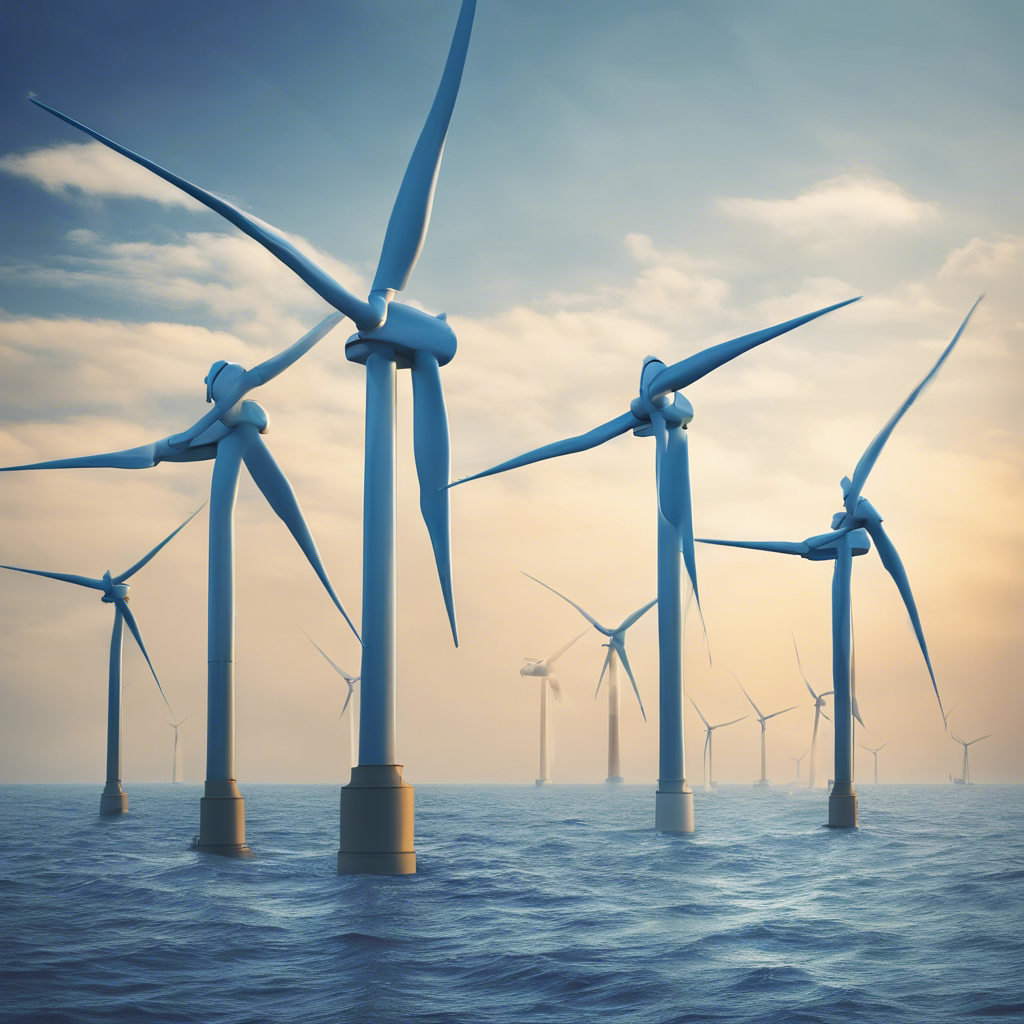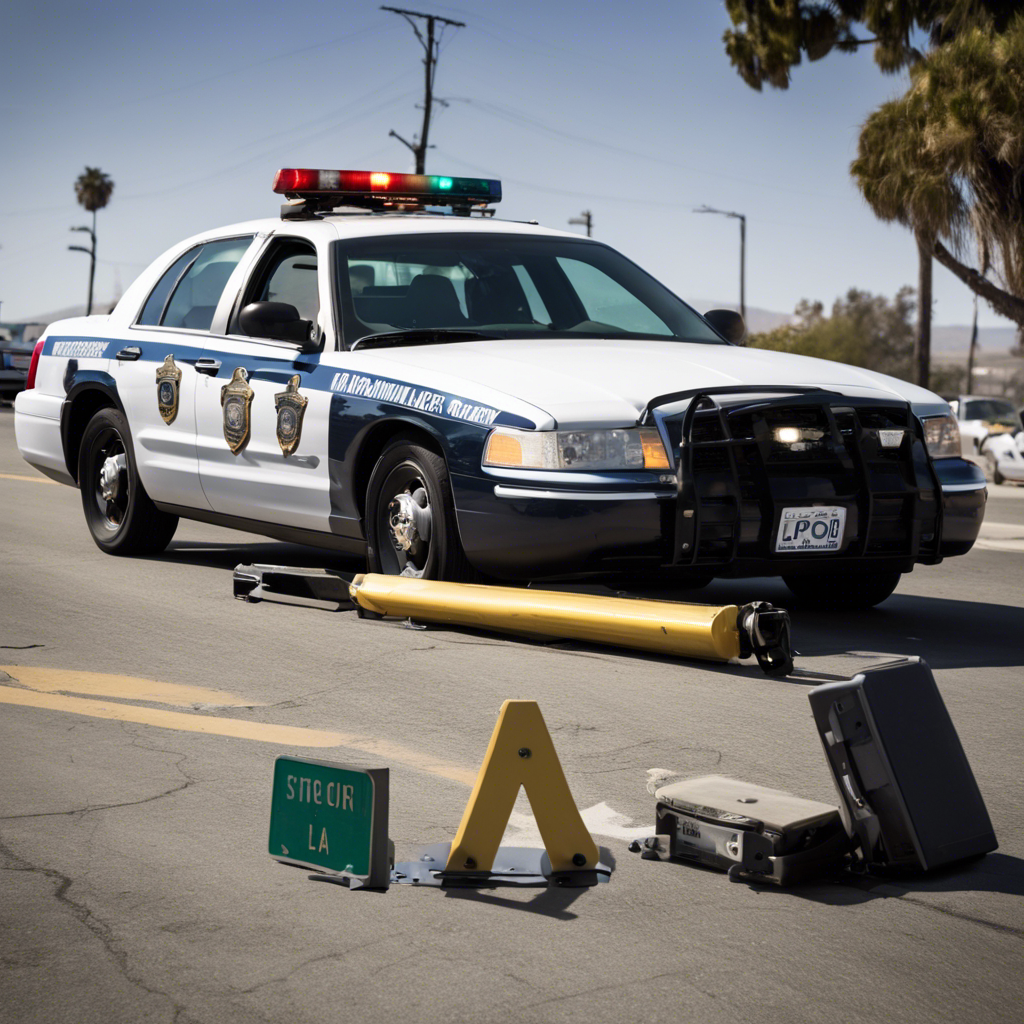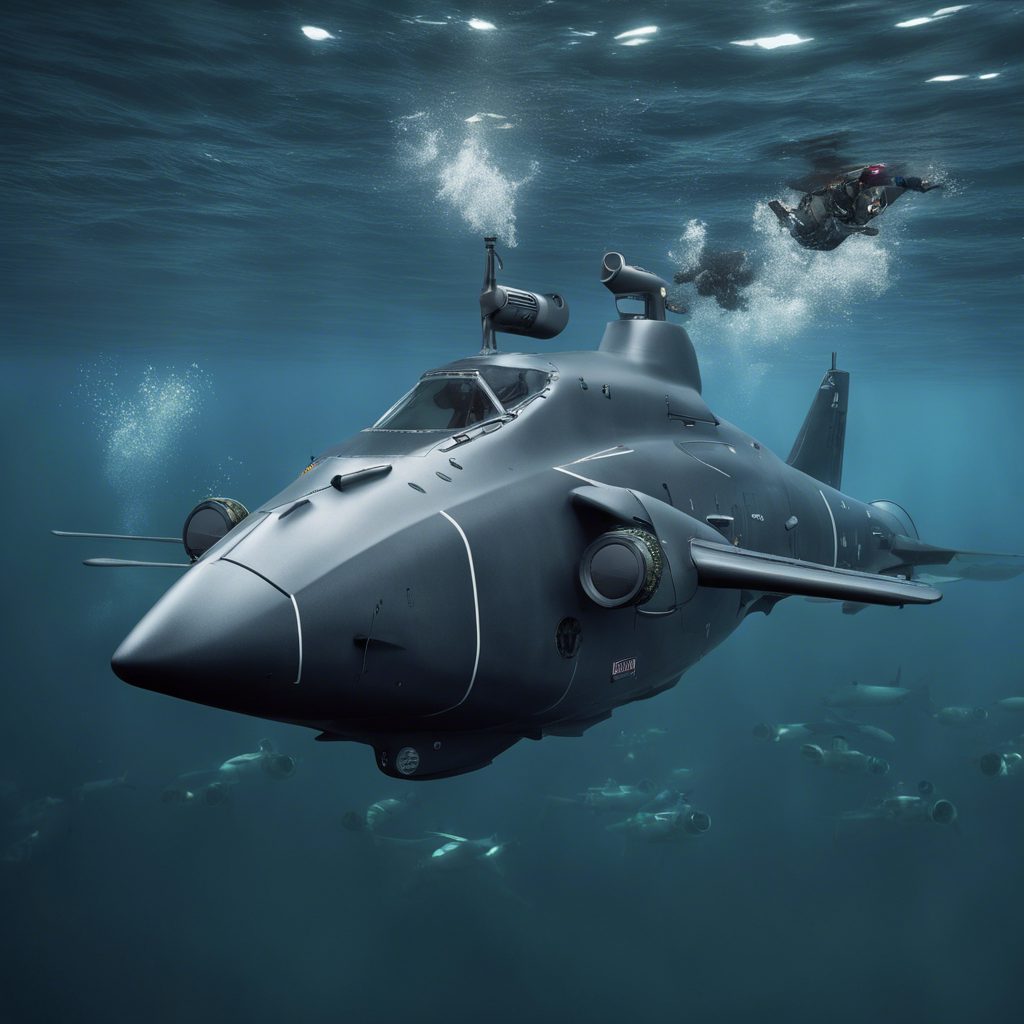Developing Technology Review Criteria to Accelerate Offshore Wind Development and Protect Ocean Life

Collaborative efforts aim to evaluate and validate new technologies for offshore wind projects while safeguarding marine life.
As the world transitions towards a renewable energy future, offshore wind power is emerging as a crucial component in reducing carbon emissions and combating climate change. With its stronger and more consistent wind resources, offshore wind has the potential to meet the energy needs of coastal cities where a significant portion of the population resides. However, the offshore wind industry has faced challenges, including supply chain complications and concerns about its impact on marine life. To address these concerns, experts are now developing a process to evaluate and validate new technologies that can accelerate offshore wind development while protecting ocean ecosystems.
The Need for Responsible Offshore Wind Development
The urgency to transition to clean energy sources has led to increasing interest in offshore wind projects. However, the current state of offshore wind in the United States is still in its infancy, with only seven turbines currently operational. The industry has faced setbacks, including inflationary pressures, supply chain challenges, and project cancellations. To ensure the success of offshore wind and meet carbon-free power targets, it is crucial to address these issues and develop a responsible approach to offshore wind development.
The Importance of Technology Evaluation
To overcome the challenges facing offshore wind development, a comprehensive evaluation of potential technologies is necessary. This evaluation process aims to identify and validate innovative solutions for monitoring, detecting, and avoiding marine mammals during offshore wind construction. A recent summit convened by the Biden administration brought together environmental groups, industry representatives, and academics to discuss technology-based solutions. The summit announced a series of collaborative expert workshops to establish a system for impartially reviewing new technologies and determining their effectiveness in protecting marine life.
The Role of Scientific Performance Criteria
Scientific performance criteria may not sound glamorous, but they play a crucial role in validating new monitoring and mitigation technologies for offshore wind projects. By establishing clear evaluation standards, the industry can quickly assess the viability and effectiveness of emerging technologies. This process allows for the acceleration of commercialization and deployment of innovative solutions. The collaborative efforts of industry, government agencies, and environmental groups have been instrumental in developing these criteria and ensuring responsible offshore wind development.
Protecting Marine Life with Smart Technologies
The health and well-being of ocean ecosystems are paramount when considering offshore wind development. The warming and acidification of waters due to climate change, combined with existing stressors such as overfishing and pollution, have put marine life at risk. To mitigate these impacts, it is essential to evaluate and implement technologies that enhance the protection of marine species. Promising technologies include passive acoustic monitoring devices that detect whale calls, thermal cameras for night-time whale detection, and software that uses machine learning for automated whale detection. These innovations can significantly improve monitoring and mitigation efforts while minimizing disruptions to marine life.
The Collaborative Workshop Initiative
The expert workshops responsible for evaluating new technologies are led by the Regional Wildlife Science Collaborative for Offshore Wind (RWSC), in partnership with the U.S. Department of Energy (DOE) National Laboratories. The initiative is supported by the DOE, the National Oceanic and Atmospheric Administration, and the Bureau of Ocean Energy Management. The RWSC, consisting of federal agencies, Atlantic coast states, offshore wind companies, and environmental nonprofits, provides a neutral platform for transparent discussions on scientific findings and the needs of offshore wind and wildlife research. This collaborative approach ensures a well-rounded evaluation of technologies while fostering cooperation among various stakeholders.
The Importance of Scientific Validation
Before substituting existing safeguards with new technologies, it is crucial to subject them to scientific validation and peer review. This rigorous process ensures that the proposed technologies are as effective as, or even more effective than, the current methods of protecting marine life. By maintaining high standards of scrutiny, the industry can build confidence in the use of innovative technologies and ensure the responsible development of offshore wind projects.
Conclusion:
The development of offshore wind power offers a promising path towards a sustainable and fossil fuel-free future. However, it is essential to prioritize the protection of marine life throughout the development process. The ongoing efforts to evaluate and validate new technologies through collaborative expert workshops are a significant step towards achieving this balance. By leveraging smart technologies and scientific expertise, offshore wind projects can be built and operated responsibly, setting a global example for clean energy development that prioritizes environmental protection. With continued collaboration among agencies, developers, academics, and NGOs, the future of offshore wind looks bright, both for clean energy and the preservation of our oceans.










